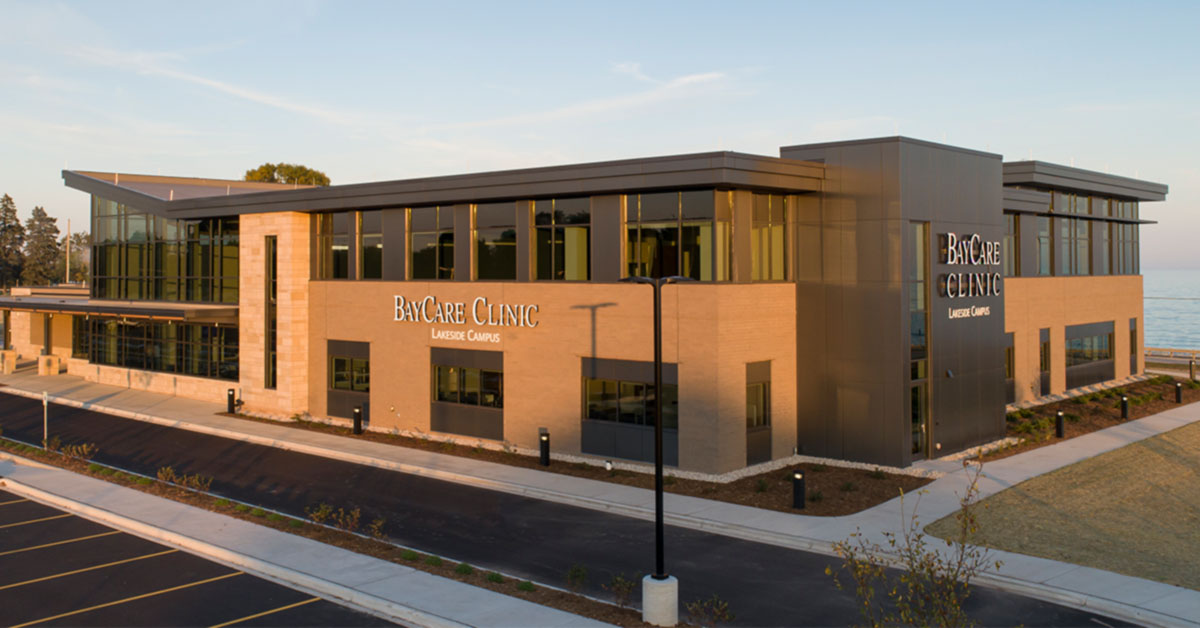Joint Replacement
Orthopedics & Sports Medicine
Orthopedic surgeons specialized in total replacement of the ankle, hip, knee and shoulder
Joint replacement procedures are intended to ease pain, improve mobility and restore function.
Ankle replacement
During a total ankle replacement procedure, an orthopedic surgeon removes damaged bone and cartilage from the ankle joint and inserts an artificial ankle joint. The new joint is made of custom metal components that replace the damaged bone, cushioned by a high-grade plastic that simulates natural cartilage to provide stability.
Learn more about ankle replacement.
Hip replacement
During a total hip replacement procedure, an orthopedic surgeon removes damaged cartilage and bone from the hip joint and replaces it with an artificial joint.
Learn more about ankle replacement.
Knee replacement
During a total knee replacement procedure, an orthopedic surgeon removes all parts of the knee that are affected by osteoarthritis and replaces them with durable artificial components made of metal and plastic.
Another option is partial knee replacement surgery, or knee resurfacing. That is a minimally invasive procedure in which an orthopedic surgeon replaces only one part of the knee joint.
Learn more about ankle replacement.
Shoulder replacement
During a total shoulder replacement procedure, an orthopedic surgeon replaces the humeral head, or upper arm bone, and glenoid, or cup, of the shoulder with artificial components. This is done to relieve pain associated with shoulder osteoarthritis or degenerative joint disease caused when cartilage is worn away after years of use.
We also offer reverse total shoulder replacement. This is for patients with severe shoulder damage. Reverse total shoulder surgery is considered when conventional surgical methods cannot satisfactorily manage shoulder pain and loss of function.







